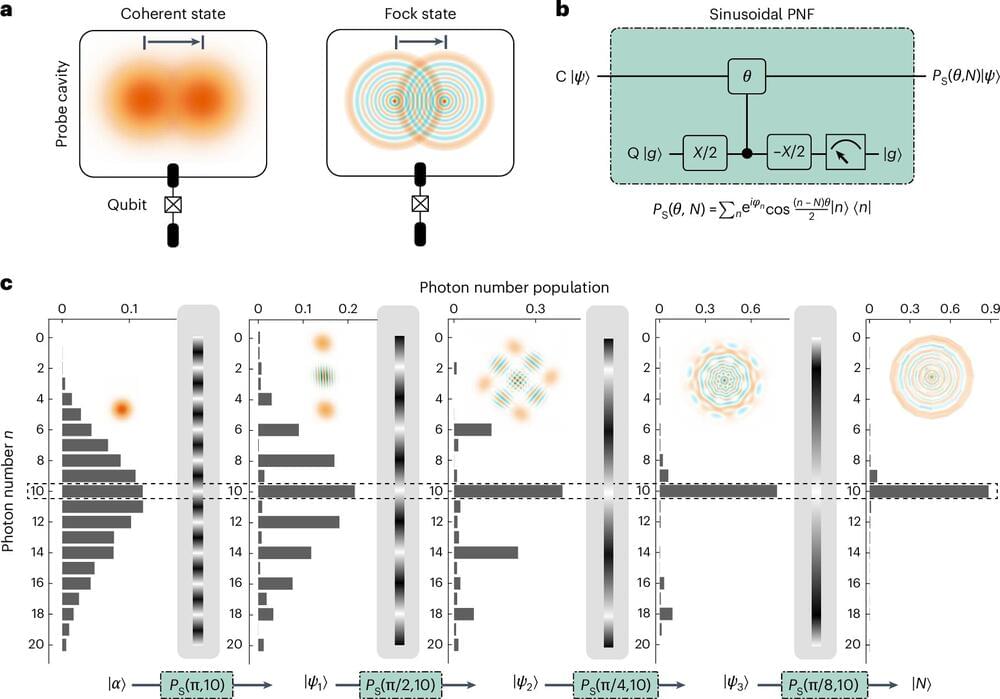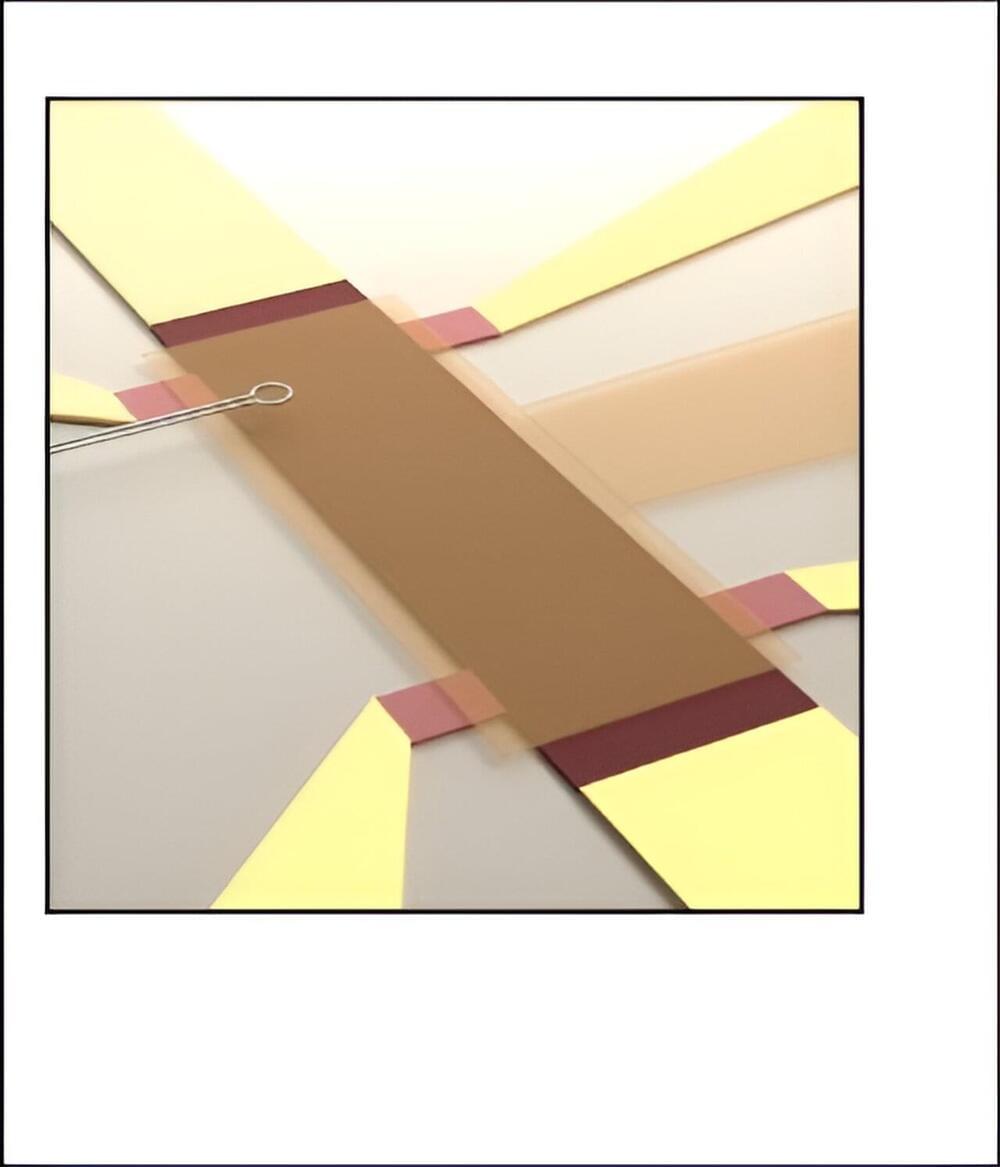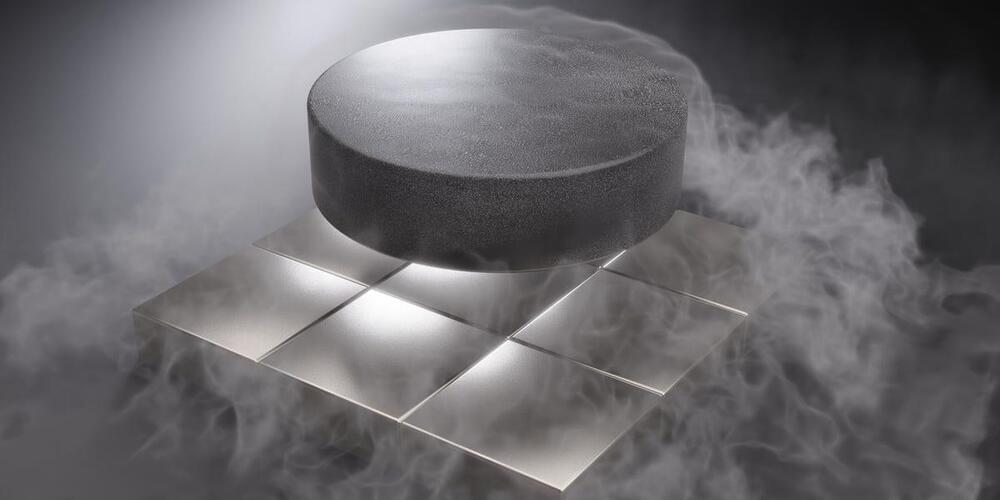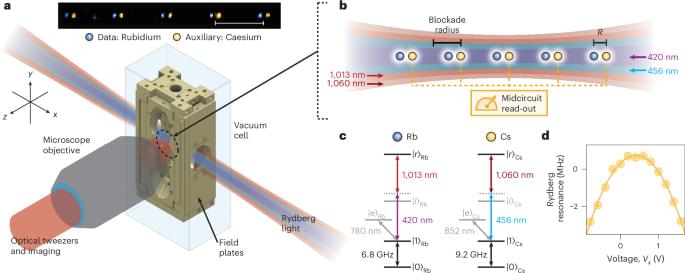A decade after the discovery of the “amplituhedron,” physicists have excavated more of the timeless geometry underlying the standard picture of how particles move.




The authors of the theoretical work say in their paper, Our work addresses the question: ‘Where does the, famously quantized, charge current flow in a Chern insulator?’
This question received considerable attention in the context of the quantum Hall effect, but the progress there has been hampered by the lack of local probes, and no consensus has emerged so far. The fundamental problem is the following: topological protection is excellent at hiding local information (such as the spatial distribution of the current),—a phenomenon that we call topological censorship.
Two recent experiments, which used local probes to determine the spatial current distribution in Chern insulator heterostructures (Bi, Sb)2Te3, have remedied the dearth of experimental data in the case of the anomalous quantum Hall effect. These experiments reached unexpected, albeit very different, conclusions. Here, we provide the theory explaining one of these experiments.

In nature, photosynthesis powers plants and bacteria; within solar panels, photovoltaics transform light into electric energy. These processes are driven by electronic motion and imply charge transfer at the molecular level. The redistribution of electronic density in molecules after they absorb light is an ultrafast phenomenon of great importance involving quantum effects and molecular dynamics.


A new technology to continuously place individual atoms exactly where they are needed could lead to new materials for devices that address critical needs for the field of quantum computing and communication that cannot be produced by conventional means, say scientists who developed it.
A research team at the Department of Energy’s Oak Ridge National Laboratory created a novel advanced microscopy tool to “write” with atoms, placing those atoms exactly where they are needed to give a material new properties.
“By working at the atomic scale, we also work at the scale where quantum properties naturally emerge and persist,” said Stephen Jesse, a materials scientist who leads this research and heads the Nanomaterials Characterizations section at ORNL’s Center for Nanophase Materials Sciences, or CNMS. “We aim to use this improved access to quantum behavior as a foundation for future devices that rely on uniquely quantum phenomena, like entanglement, for improving computers, creating more secure communications and enhancing the sensitivity of detectors.”

In quantum computing, scientists often work with arrays of atoms called Rydberg atom arrays, which allow them to simulate quantum systems and perform computations.
Rydberg atoms in optical tweezers are a promising platform for quantum information science. A platform composed of dual-species Rydberg arrays has been realized, offering access to unexplored interaction regimes and crosstalk-free midcircuit control.

The research was conducted at the Danish National Research Foundation’s “Center of Excellence for Hybrid Quantum Networks (Hy-Q)” and is a collaboration between Ruhr University Bochum in Germany and the University of Copenhagen’s Niels Bohr Institute.
Note: Materials provided above by the The Brighter Side of News. Content may be edited for style and length.
